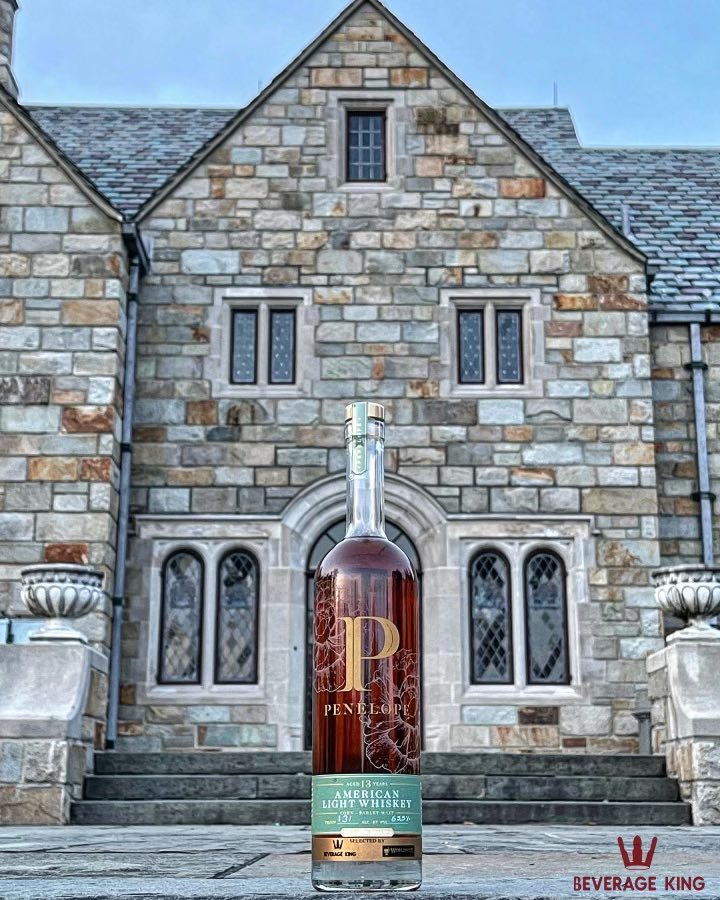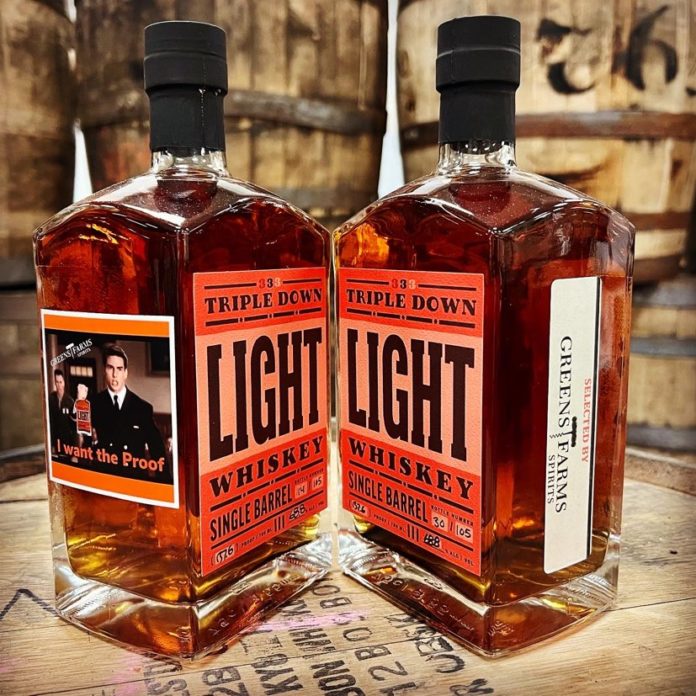If you are a big whiskey fan or have perused store picks recently, you have likely noticed an uptick in light whiskey. It’s not an enormous trend, but still one worth noticing.
And one worth defining. What exactly is light whiskey?
The name can be a bit confusing. “Light whiskey” may have you picture a spirit on the lower-proof end of the boozy spectrum. However, the exact opposite is true. These are cask-strength spirits with high ABV.
The “light” in the term does refer to the proof. Rather, it references the flavor. This style tends to be smoother, easier-drinking; not a punch of flavor in the mouth. That’s because these whiskeys usually age in used oak barrels or uncharred new casks, limiting the seasoning influence of the wood, despite the traditional older age statement.
“Is the name confusing, using the term ‘light’ for a cask-strength offering? Yes, it is — very,” says Nolan Smith, owner of Backbone Bourbon, whose portfolio includes light whiskey. “It’s basically ‘corn whiskey’ (i.e.: high corn percentage in the mash bill; ours is 99% corn and 1% malted barley) which traditionally has been an unfavorable term in the whiskey world.”
“I have spent many hours explaining it isn’t ‘light’, but the opposite,” Smith adds. “I have gotten used to it. Not sure what a better name would be. Perhaps ‘heavy whiskey’?”
The category itself emerged in the 1960s, as U.S. distillers innovated in the fight against the rise of imported whiskey and vodka. Unfortunately, this effort proved unsuccessful for both U.S. and light whiskey. Subsequent decades were hardly a golden age for American distilling and whiskey experimentation.
Many years later, however, and U.S. whiskey is back in the global driver seat. And that means substyles like light whiskey can also enjoy their time to shine.
“It’s definitely got a cultlike following to it,” says Michael Paladini, CEO/founder of Penelope Bourbon, which bottles light whiskey in their portfolio. “I’m not quite sure what it is yet, but people want these light whiskey barrels.”
“There’s a dessert-like sweetness to these bottles, because their mashbill is so high in corn,” he adds. Penelope’s latest light whiskey release was 99% corn, 13 years old and 128.4 proof. “Consumers do buy it because they see that it’s different, but light whiskey is also good in its own right.”

One of those people interested in Penelope’s light whiskey is Harsha Bethi, owner of Beverage King in Norwalk, CT. Known for his extensive collection of single barrel store picks, Bethi has bottled light whiskey picks from Penelope.
“I think in a day and age where bourbon drinkers are chasing that higher-proof and older juice for an attainable/reasonable price point, American light whiskey is able to do that,” he says. The Beverage King Penelope Light Whiskey pick retailed for $79.99. “Until the most recent Remus 5 which you found for under $100, when was the last time you saw 13-15+ year juice below $100? Everything nowadays is in the 5-to-8-year range, and it’s around $100. Whereas light whiskey is pretty much checking off all the boxes price, proof, age and taste.”
“For example, we just released that Penelope light whiskey, which was 13 years old, and at 131 proof and it drank wayyy below its proof and packed a bunch of flavor,” Bethi adds. “What made it even better for our barrel was that it had that Seagrams LDI ‘tag’ to it, which made hardcore bourbon heads chase it for their collection.”
Bethi agrees that the sweetness prevalent in the category is also a draw for U.S. drinkers.
“When we picked our particular Penelope light whiskey barrel, we tried nine barrels, I believe. Out of the nine barrels we came across two that had that sweet sugarcane rum sweetness to it,” he recalls. “Whereas the other seven barrels had that distinct ethanol nose and palate. Our barrel reminded me on the nose of a home garden. Blend of mint basil and other home-grown leafy herbaceous greens. And on the palate, it was pure sugarcane sweetness.”
Elsewhere in the Constitution State, Greens Farms Spirit Shop, a Connecticut mecca for single barrel whiskeys, recently released a store pick light whiskey with Backbone Bourbon.
“Light whiskey has a complex flavor that leans towards sweet,” says Nick Conti, Greens Farms owner. “It’s unique and not readily available. How many light whiskey barrels are even available?”
The style fits well with today’s ever-curious whiskey consumer.
“People who have never had it before want to try it,” Conti says. “Consumers are newly educated about what light whiskey is, and they want to try it. People are finally understanding what it is, and they like its ABV, its age.”
Agreeing with him is Smith of Backbone.
“Light whiskey is allowed to have a higher entry proof (140) when it first goes in the barrel compared to bourbon (125),” Smith explains. “My first experience of people loving light whiskey was due to the high proof — often in the upper 130s. People are drawn to high proof because it tends to be very rare.”
“Most of the light whiskey we have sold has been between 13 and 15 years old,” Smith adds. “At this age, it gets very sweet, not complicated but very satisfying.”
Like Penelope, Backbone sources whiskey. The company bought a number of older light whiskey barrels in 2013 for the purpose of blending, Smith recalls. In 2018, Backbone offered some of these casks as single barrels, and have received more requests for them ever since.
So what’s next for light whiskey? Will its newfound popularity and consumer understanding affect availability? After all, this is a style that’s typically older in age.
“I have been in the business for 11 years and can’t imagine not having any light whiskey,” says Smith. “It’s really hard to find older barrels these days. Prior to 2021, the old stuff was readily available thanks to MGP, but this has changed.”
“Midway through 2021, the secondary market snapped up all MGP’s older stocks of light whiskey,” he adds. “I know some producers that bought heavily. Older barrels will be hard to find for another five to seven years. I have a decent amount of barrels that are seven years old, but the best tasting ones are in the 12+ years range (which I fortunately have a decent amount).”
Kyle Swartz is editor of Beverage Wholesaler. Reach him at kswartz@epgmediallc.com or on Twitter @kswartzz. Read his recent piece, 11 American Whiskey Trends in 2022.









